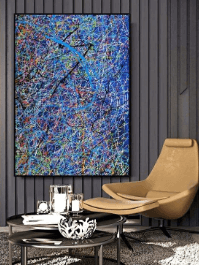Drawing:Ufvevbewgs8= Illusions

The intersection of art and perception offers a compelling arena for exploration, particularly in the realm of illusions created through drawing. By examining the techniques employed to manipulate visual cues, one can uncover the intricate ways in which artists engage the viewer’s mind, prompting a reconsideration of what is perceived as reality. This discussion not only highlights the skill involved in creating such effects but also raises questions about the implications of these artistic choices. What insights might emerge from a closer look at the works of renowned artists who have mastered this craft?
Understanding Visual Perception
Visual perception is a complex cognitive process that enables individuals to interpret and make sense of the myriad of stimuli encountered in their environment, shaping their understanding of reality through the intricate interplay of light, color, and form.
Perceptual psychology explores how visual cognition influences our interactions, revealing the profound ways in which perception can shape our experiences and perceptions of freedom in the world around us.
Techniques for Creating Illusions
Employing a variety of artistic techniques, creators can manipulate perspective, color, and shadow to craft illusions that challenge the viewer’s perception of reality and invite deeper exploration of the visual experience.
Perspective tricks, such as foreshortening, create depth, while color manipulation can evoke emotions or alter spatial perception.
These methods not only engage the audience but also liberate the imagination, allowing for innovative interpretations of visual art.
Read more: Drawing:Wi2u7v_J0iq= Hellokitty
Famous Artists and Their Work
Numerous renowned artists throughout history have masterfully employed techniques of illusion in their work, pushing the boundaries of perception and inviting viewers to engage with their art on multiple levels.
Famous illusionists like M.C. Escher and artistic movements such as Surrealism and Trompe-l’œil have transformed visual experiences, creating compelling narratives that challenge reality and inspire freedom of thought, perception, and interpretation.
Read more: Drawing:Xfemwzm0np8= Fairy
Conclusion
In the realm of visual perception, illusions serve as a gateway to a deeper understanding of artistic techniques and their impact on interpretation.
By skillfully manipulating perspective, color, and shadow, artists create experiences that blur the lines between reality and imagination.
The interplay of these elements invites viewers to embark on a journey where the canvas becomes a mirror reflecting the complexities of perception.
Ultimately, the world of illusions captivates the mind, revealing that not all is as it seems.




